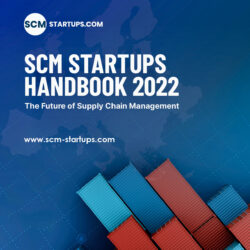The must-reads about supply chain management

In a rapidly changing world, companies have to adopt a different attitude and have their supply chains adapted to the changing needs of customers. But how can companies do this? Below are four recent management books on the financial management of supply chains, the application of Integrated Business Planning, the worldwide shifting business and on creating adaptability in companies.
By Martijn Lofvers
 Supply Chain Strategy and Financial Metrics
Supply Chain Strategy and Financial Metrics
This book is a step-by-step guide to balancing the triangle of service, cost and cash which is the essence of supply chain management. Supply chains have become increasingly strategy-driven, and this Supply Chain Triangle approach puts the supply chain at the heart of the strategy discussion instead of seeing it as a result.
Supply Chain Strategy and Financial Metrics fully reflects the ‘inventory’ or ‘working capital’ angle and examines the optimization of the supply chain and Return on Capital Employed. Including case studies of Barco, Casio and a selection of food retail companies, this book covers building a strategy-driven KPI dashboard, target setting and financial benchmarking. Regular examples and diagrams illustrate how different types of strategies lead to different trade-offs in the Supply Chain Triangle. This ground-breaking text links supply chain, strategy and finance through financial metrics, therefore creating value for the shareholder. Online supporting resources include worksheets covering basic financial concepts such as cash flow and working capital, with example data sets and guidelines/exercises to make it interactive.
‘Supply Chain Strategy and Financial Metrics: The Supply Chain Triangle Of Service, Cost and Cash’ (2018), by Bram Desmet. Published by KoganPage, 253 pages, €35,99
Rating: *****
 Successful Integrated Planning
Successful Integrated Planning
Managing changes to the supply chain comes with its unique challenges. Supply chain planning presents an especially complex challenge for the change practitioner as multiple stakeholders and functions are involved. Successful Integrated Planning for the Supply Chain evaluates different approaches to change interventions and explores how Integrated Business Planning could be implemented in any organization to create sustainable improvements.
Using frameworks based on extensive academic research, Richard Lloyd considers the potential blocks to an effective supply chain, and advises on how to deal with and identify uncertainties within an organization. Numerous international case studies included throughout show that every project has its own set of unique problems. Successful Integrated Planning for the Supply Chain is an invaluable guide for anyone who needs to implement change in the supply chain.
‘Successful Integrated Planning for the Supply Chain: Key Organizational and Human Dynamics’ (2018), by Richard Lloyd. Published by KoganPage, 260 pages, €48,99
Rating: ****
 New Global Roadmap
New Global Roadmap
Executives can no longer base their strategies on the assumption that globalization will continue to advance steadily. But how should they respond to the growing pressures against globalization? And what can businesses do to control their destinies in these times of uncertainty?
In The New Global Road Map Pankaj Ghemawat separates fact from fiction by giving readers a better understanding of the key trends affecting global business. He also explains how globalization levels around the world are changing, and where they are likely to go in the future. Using the most up-to-date data and analysis, Ghemawat dispels today’s most dangerous myths and provides a clear view of the most critical issues facing policy makers in the years ahead.
Building on this analysis, with examples from a diverse set of companies across industries and geographies, Ghemawat provides actionable frameworks and tools to help executives revise their strategies, restructure their global footprints, realign their organizations, and rethink how they work with local governments and institutions.
‘New Global Road Map: Enduring Strategies for Turbulent Times’ (2018), by Pankaj Ghemawat. Published by Harvard Business Review Press, 254 pages, €24,99
Rating: ***
 Sense and Respond
Sense and Respond
New, software-driven technologies are transforming the way companies interact with their customers, employees, and other stakeholders. The transformation requires a complete rethinking of the way we organize and manage work. Companies need a management model that doesn’t merely account for, but actually embraces, continuous change. Yet the truth is, most organizations continue to rely on outmoded, industrial-era operational models. They structure their teams, manage their people, and evolve their organizational cultures the way they always have.
Now, organizations are emerging, and thriving, based on their capacity to sense and respond instantly to customer and employee behaviors. In Sense and Respond Jeff Gothelf and Josh Seiden, leading tech experts and founders of the global Lean UX movement, vividly show how these companies operate, highlighting the new mindset and skills needed to lead and manage them – and to continuously innovate within them: shifting from managing outputs to what the authors call “outcome-focused management”; forming self-guided teams that can read and react to a fast-changing environment; creating a learning-all-the-time culture that can understand and respond to new customer behaviors and the data they generate; and finally, developing in everyone at the company the new universal skills of customer listening, assessment, and response.
‘Sense and Respond: How Successful Organizations Listen to Customers and Create New Products Continuously’ (2017), by Jeff Gothelf, Josh Seiden. Published by Harvard Business Review Press, 253 pages, €51,00
Rating: ***



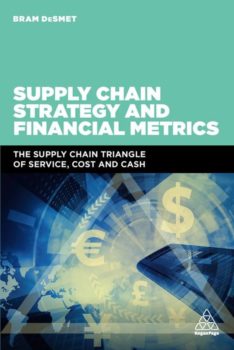 Supply Chain Strategy and Financial Metrics
Supply Chain Strategy and Financial Metrics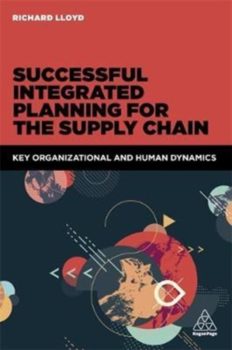 Successful Integrated Planning
Successful Integrated Planning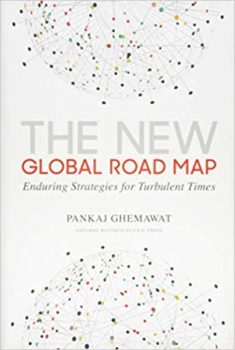 New Global Roadmap
New Global Roadmap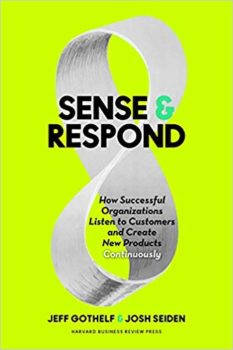 Sense and Respond
Sense and Respond


